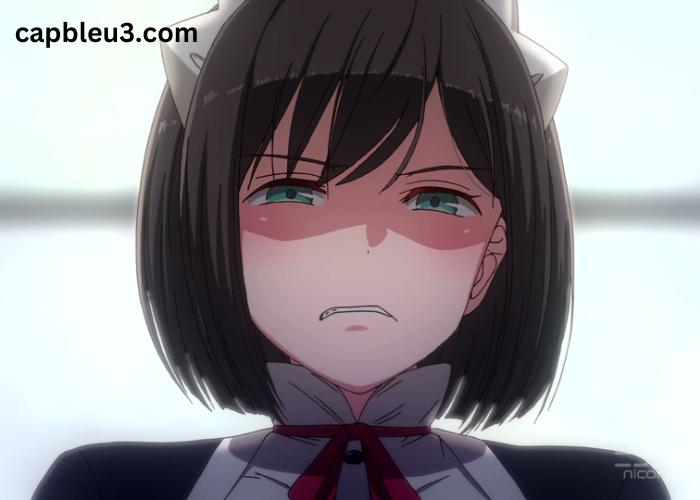
Hentai, a term derived from the Japanese words for “strange” or “perverse,” has evolved significantly over the past few decades. Originally considered a niche and taboo genre, hentai has gradually moved towards mainstream acceptance, both in Japan and internationally. This article explores the historical development, cultural impact, and the shifting perceptions of hentai, highlighting its journey from a marginalized subculture to a significant facet of modern media. Explore a wide collection of high-quality hentai videos on Hentai3z. Enjoy the best in adult anime entertainment on our website today!
Historical Context
The roots of hentai can be traced back to early Japanese erotic art, such as Shunga, which dates back to the Edo period (1603-1868). Shunga, often produced by renowned artists like Katsushika Hokusai, depicted explicit sexual scenes with a blend of humor and artistic flair. These works were relatively accepted in Japanese society until the Meiji era (1868-1912), when Western influences led to stricter censorship laws.
The modern concept of hentai began to take shape in the post-World War II era, coinciding with the rise of manga and anime. In the 1960s and 70s, erotic manga, known as ero-manga, began to emerge, pushing the boundaries of sexual expression in illustrated form. The advent of the internet in the 1990s played a crucial role in the dissemination of hentai, making it accessible to a global audience.
Cultural Shifts
Hentai’s transition from taboo to mainstream is closely tied to broader cultural shifts in Japan and worldwide. The 1980s and 90s saw a relaxation of censorship laws in Japan, allowing for greater creative freedom in manga and anime. This period witnessed the rise of prominent hentai artists and series, which gained popularity despite their explicit content.
Internationally, the globalization of anime and manga culture brought hentai into the spotlight. Initially met with skepticism and controversy, hentai gradually found a niche audience outside Japan. The rise of online communities and fan translations contributed to its growing popularity, breaking down cultural barriers and fostering a sense of acceptance among fans.
Mainstream Acceptance
In recent years, hentai has seen a remarkable shift towards mainstream acceptance. This change is partly due to the increasing visibility of adult content in general and the normalization of discussions around sexuality. Streaming platforms and digital distribution have made hentai more accessible than ever, allowing it to reach a broader audience.
Moreover, the perception of hentai has evolved. While it remains a controversial and polarizing genre, there is a growing recognition of its artistic and cultural significance. Academic studies and media critiques have begun to explore hentai’s impact on society, gender dynamics, and the representation of sexuality.
Ethical and Legal Considerations
Despite its growing acceptance, hentai remains a subject of ethical and legal debates. Issues such as the depiction of non-consensual acts, underage characters, and extreme fetishes continue to spark controversy. Different countries have varying laws and regulations regarding the distribution and consumption of hentai, reflecting diverse cultural attitudes towards explicit content.
Creators and distributors of hentai often navigate a complex landscape of self-regulation and censorship to balance artistic expression with ethical considerations. This ongoing dialogue highlights the need for responsible consumption and the importance of addressing problematic themes within the genre.
Conclusion
The evolution of hentai from a taboo subject to a mainstream phenomenon underscores the dynamic nature of cultural acceptance and the fluid boundaries of artistic expression. While hentai continues to provoke debate and controversy, its journey reflects broader societal shifts in attitudes towards sexuality and media consumption. As hentai becomes more integrated into the fabric of popular culture, it invites ongoing discussions about ethics, representation, and the role of explicit content in modern media.